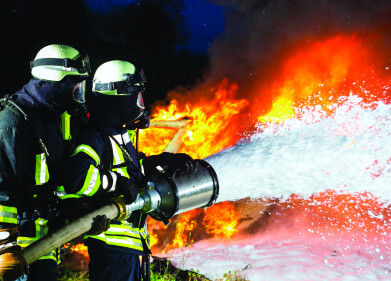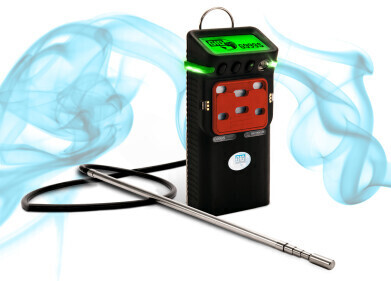-
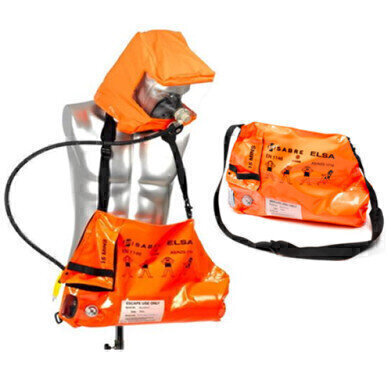 A modern day ELSA
A modern day ELSA -
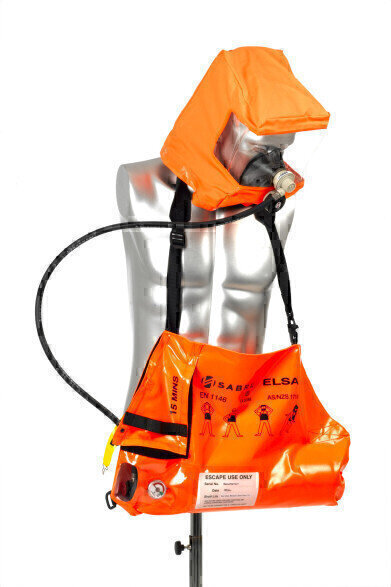 Elsa 15B Mannequin
Elsa 15B Mannequin -
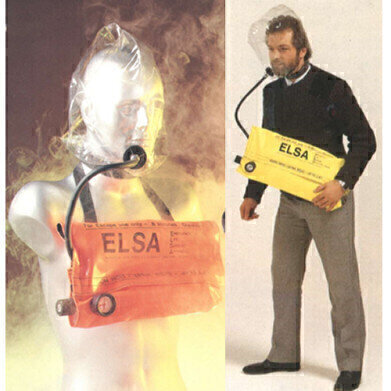 The original ELSA
The original ELSA
Health & Safety
The ELSA Inside Out: 35 Years of Escape Protection
Nov 08 2017
Tony Pickett, Associate Director of Product Management – Industrial & M&CD, Scott Safety, takes us through the history and inner workings of the ELSA Escape set.
There are 3 different types of breathing apparatus; Self-contained breathing apparatus, Airline breathing apparatus and Escape breathing apparatus. This article I will take you through Escape breathing apparatus, how it works and what it is used for.
ELSA means Emergency Life Saving Apparatus. Originally they were designed to solve the problem of escaping from fires on ships. In safety incidents involving ships it was determined that fatalities were often not caused by the fire itself but by the toxic products of combustion that filled the passage ways and stairwells on the ships and a lack of available oxygen. The industry needed a product that could be easily stowed, quickly donned, and provide a short duration of air thus enabling the wearer to escape. Designed with a hood, meaning it was effortless to pull over the head and accommodates a wide variety of wearers, including those with beards and glasses. The hood is much simpler to don than a traditional facemask which is typically used on a self-contained BA set or airline set.
The anatomy of an escape set
Typically a compressed air escape set will consist of a small cylinder giving either a 10 or 15 minute duration. Cylinders are generally made of steel but some variants use carbon composite cylinders. Most are charged to 200 bar but some are 300 bar (200 bar is 200 times atmospheric pressure, to put that in perspective, the air in your car tyres is around 2.5 bar). However a wearer cannot breathe air at such a high pressure so fitted to the cylinder is a high pressure reducer. This reduces the high pressure to around 7 bar where it is fed into the hose and hood through a small hole called a restrictor, allowing air to flow into the hood at around 40lpm.
As the wearer will obviously breathe out carbon dioxide into the hood an inner mask is fitted to remove the CO2 through an exhale valve to ensure constant clean breathable air remains. The cylinder, reducer and hood are all typically contained within a bag that the wearer can sling over their shoulder as they escape.
How is an ELSA used?
As the name suggests Escape sets are only to be used for escape purposes, to leave a hazardous environment for a safe one. Under no circumstances are they to be used to enter a hazardous environment. If work is required in such an environment then a self-contained or positive pressure Airline set should be used.
Upon the user knowing that they need to escape they will open the bag, remove the hood and place over their head. This automatically activates the flow of air, so the wearer does not have to concern themselves with turning on the set.
Digital Edition
IET 34.2 March 2024
April 2024
Gas Detection - Biogas batch fermentation system for laboratory use with automatic gas analysis in real time Water/Wastewater - Upcycling sensors for sustainable nature management - Prist...
View all digital editions
Events
Apr 24 2024 Jakarta, Indonesia
Apr 24 2024 Sao Paulo, Brasil
Apr 30 2024 Melbourne, Australia
Apr 30 2024 Birmingham, UK
May 03 2024 Seoul, South Korea

